Last year, former high-level leaders at the International House of Prayer-Kansas City (IHOPKC) made several attempts to report to IHOPKC’s senior leaders that founder Mike Bickle had allegedly engaged in adult clergy sexual abuse with multiple women.
The whistleblowers provided firsthand testimony from victims, secondary victims, and observers, and ultimately asked for a third-party investigation.
In response, IHOPKC leaders pushed back. The leaders said the whistleblowers hadn’t provided any “actual evidence” and didn’t follow “due process.” The leaders questioned the whistleblowers’ motives. And because of all this, the leaders said they thought it was “premature” to hire a third-party investigator.
So, witnesses and victims—including two women who had been minors when Bickle allegedly sexually abused them—told their stories and provided documentation to The Roys Report and the Kansas City Star. IHOPKC has now permanently separated from Bickle and multiple senior leaders have resigned, though survivors of other leadership failures are still hurting.
IHOPKC is a heartbreaking case that shows the obstacles organizational leaders put up that hinder whistleblowers’ ability to simply be heard. But whistleblowers tell me how co-workers, friends, and family—people they thought would be in their corner—misunderstand them too.
Your tax-deductible gift helps our journalists report the truth and hold Christian leaders and organizations accountable. Give a gift of $30 or more to The Roys Report this month, and you will receive a copy of “Hurt and Healed by the Church” by Ryan George. To donate, click here.
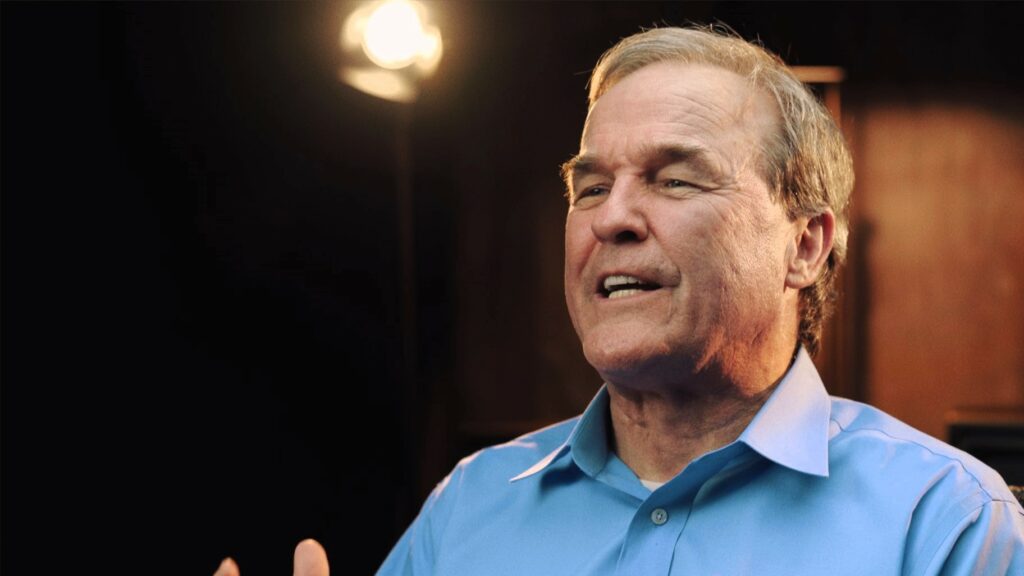
In order to get people to listen, whistleblowers often have to prove:
1. That they’re not bitter.
Or that they have forgiven the abuser. Or that they’re not on a crusade. Simply put, when people speak up, leaders and onlookers often question their motives.
Research shows that whistleblowers usually have to report abuse several times to several different entities before change happens. You can imagine how frustrating this is, and how much grit it takes to keep going.
Also, victims often experience multiple levels of harm, including an initial abuse, and if they report it, they may experience retaliation, institutional betrayal, or spiritual abuse. Many whistleblowers have told me that poor organizational responses can be traumatizing. Plus, they carry a burden of worrying about who else will get hurt if the abuse doesn’t stop. So, if you see a whistleblower who seems upset, they are likely in real pain because of ongoing harm, lack of safety, and absence of resolution, not because they are simply holding onto a grievance well past its resolution.
Also, research shows that some negative emotions, like fear, can silence whistleblowers. But other emotions like anger, can give them energy and impetus to keep reporting the wrongdoing.
My editor, Julie Roys, said at last year’s Restore Conference: “I don’t know how many times I’m asked, ‘Why are you angry?’ You know what my comeback is? Why aren’t you angry? How can you watch what’s going on and not be angry? I think God is angry.”
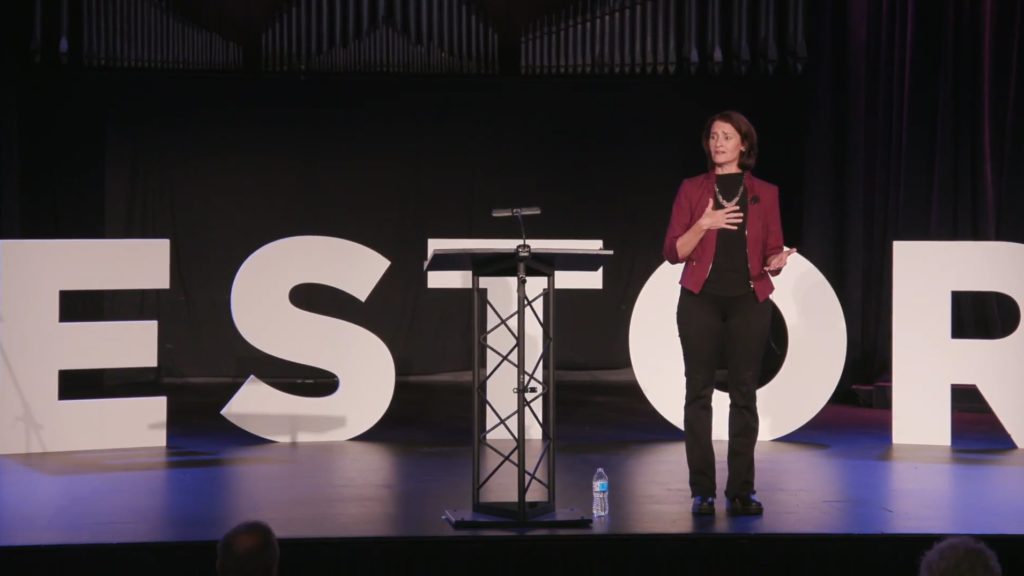
As far as forgiveness goes, a friend once told me that forgiveness is a journey, not always a one-time decision to simply “forgive and forget.” Many whistleblowers are walking two difficult journeys at the same time—a journey to heal and ultimately forgive, but also a journey to protect others through persistent, courageous whistleblowing. But should that first journey stop them from persisting in involving authorities in stopping abuses? For the sake of others in harm’s way, I hope not.
2. That they are 100 percent sure.
Whistleblowers are often loyal employees who see or experience something they believe could ultimately harm their organization or other people, research shows. They may not see the whole picture, but the portion of the picture they see may, in fact, point to toxicity. And if they’re wrong? Good. No harm no foul.
The United States Congress has set best practices for whistleblower disclosures. Among them, whistleblower should have a right to report evidence that the person “reasonably believes” violates laws or points to abuses. Further, Congress said “even if that perception is incorrect,” whistleblowers should be protected. The whistleblower’s motive is irrelevant. And the whistleblower shouldn’t have to completely investigate a situation in order to turn over the evidence to leaders or authorities.
Whistleblowing should only be the first step toward an organization genuinely seeking the truth and correctly a wrong.
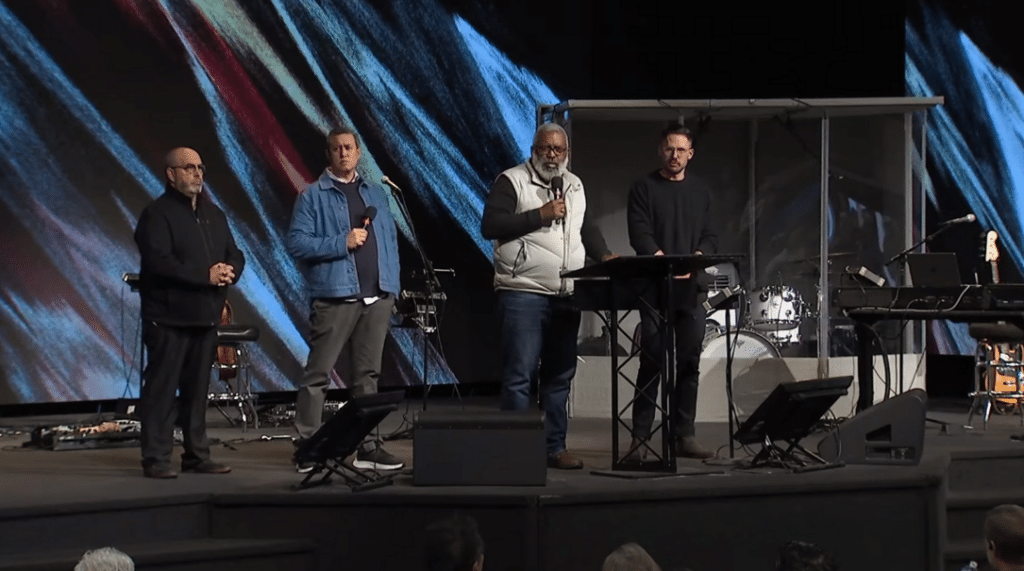
3. That what a toxic leader has said about them isn’t true.
Attacking the character of a whistleblower is a common tactic to discredit their concerns. If a whistleblower is reporting a boss who has bullied them, for instance, then the bully has likely spent years establishing a negative narrative about the employee in the organization. Sexual abusers may have even groomed their victims to make them feel like they are co-participants in the abuse, as temptresses, for example.
So, to report bullies and abusers, whistleblowers first work through character attacks that well-respected leaders spoke about them or to them behind closed doors. Whistleblowers have to overcome damaged self-esteem, guilt, and shame. Then they have to hold strong against the onslaught from leaders discrediting them for the specific act of whistleblowing and onlookers who believe the leaders. Meanwhile, they wrestle with disillusionment from knowing a dark truth about people and organizations they love.
Whistleblowing is both an internal battle to personally believe what is true and an external effort to get others to see it, too.
4. That they went through the “right” channels to report their concerns.
A main way I’ve seen Christian organizations and churches discourage speaking up is by requiring a Matthew 18 process, in which victims must first confront their abuser before the organization will even entertain a meeting to hear the allegations. This exposes the victim to further harm and manipulation in that engagement with their alleged abuser.
Some organizations will lay out a reporting process in employee handbooks. This can be helpful to guide whistleblowers to the resources they can use to report their concerns. But I’ve also seen organizations punish whistleblowers for not following specific guidelines or a chain of command when speaking up.
The best practices approved by Congress encourage organizations to set up multiple ways for whistleblowers to report concerns so that the whistleblower is empowered to find a person that they trust. More important than a whistleblower following a chain of command is for the organization to be open to hearing feedback so they can make critical changes to prevent harm.

When managers and human resources fail to respond appropriately to whistleblower reports, whistleblowers, motivated to protect others and their organization, usually try to keep reporting.
In fact, research shows even if they experience retaliation, whistleblowers seem motivated to keep going, to find higher and more external ways of reporting. This can sometimes cost the organization’s public reputation, customer loyalty, and donor funds, particularly if the whistleblower uses legal, governmental, media, and social media reporting methods. So, who do leaders, and onlookers often blame for these costs? Not their own failure to respond, but rather…the exhausted whistleblower.
5. That they trust their leaders.
At the moment when whistleblowers have reason and evidence to not fully trust certain leaders, to be heard, whistleblowers have to prove they are not intentionally trying to be subversive. Research shows whistleblowers already are thinking about this on a deeply personal level. They wrestle with the seemingly conflicting values of loyalty to their organization and a conviction that they need to expose wrongdoing for the good of the public.
I’ve heard many whistleblowers in church abuse situations resolve this by saying exposing the truth is showing their loyalty to the church and God. And yet this particular church refuses to trust or be loyal to anyone who speaks up.
I’ve seen leaders throw these so-called divisive, insubordinate, untrustworthy employees or church members under the bus rather than truly examine the leader who is causing the harm.
So, what are better responses?
If you’re a leader in an organization, a better response is: How can I make it easy and safe for you to share this important information?
If you’re an onlooker, co-worker, friend, or family member, a better response is: How can I support you in this battle to use the truth to bring accountability and protect people?
This commentary, which was originally published at The Whistleblower’s Guide, does not necessarily reflect the opinions of The Roys Report.
 Rebecca Hopkins is a journalist based in Colorado.
Rebecca Hopkins is a journalist based in Colorado.






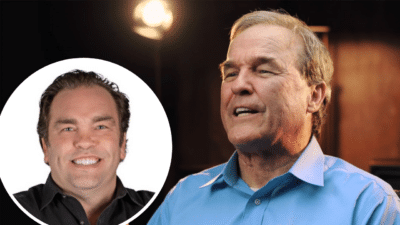

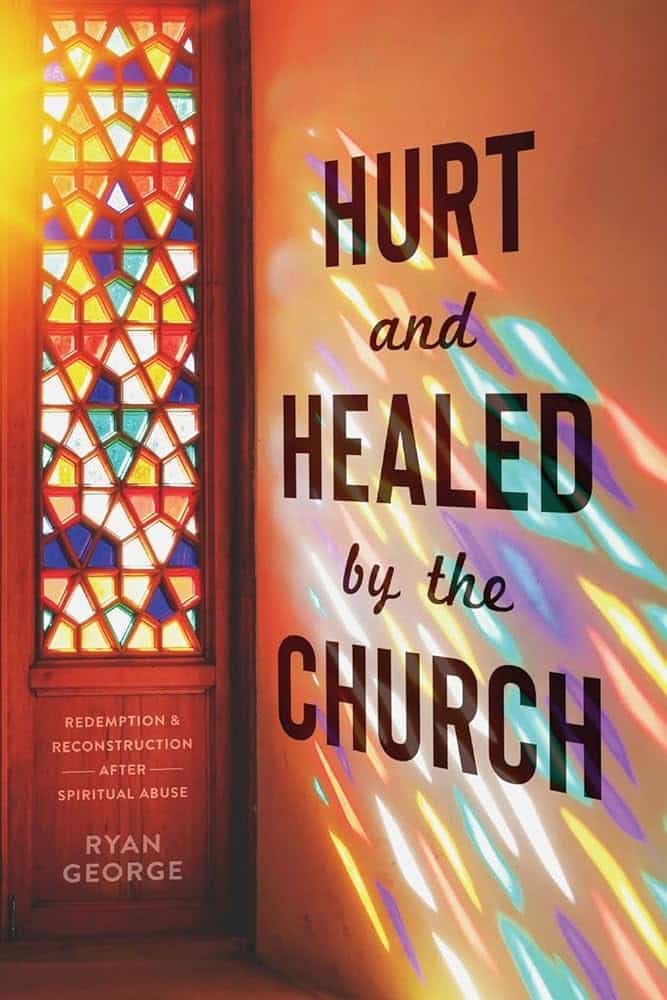










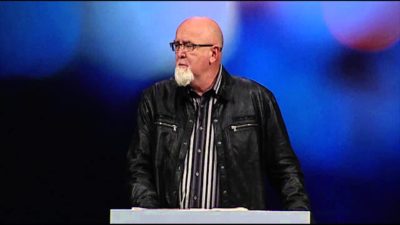
4 Responses
An excellent analysis and summary Rebecca.
A great guide to counteract the presure to silence and disparage courageous whistle-blowers.
Thank you
Agreed. Good summary that helps me understand the survivor’s perspective. Thanks to Rebecca.
“the whistleblower shouldn’t have to completely investigate a situation in order to turn over the evidence to leaders or authorities”
The youth protection training we take in the BSA and in the Catholic Church tells us, as volunteers, that we should not even attempt to “investigate” situation. A person who reasonable believes a vulnerable person is being abused OR observes clear violations of policy by an adult is required to report the situation.
This phrase really resonated with me: I’ve seen leaders throw these so-called divisive, insubordinate, untrustworthy employees or church members under the bus rather than truly examine the leader who is causing the harm. A Bible based group I was part of for 35 years continues to not only escape public scrutiny for much wrongdoing, but it still publicly vilifies a former leader who blew the whistle on the founders’ son’s covered up abuse of women back in 1989. You can read that man’s story at johningalls.com – Steve Nelson